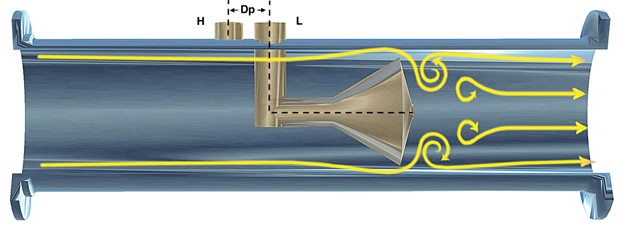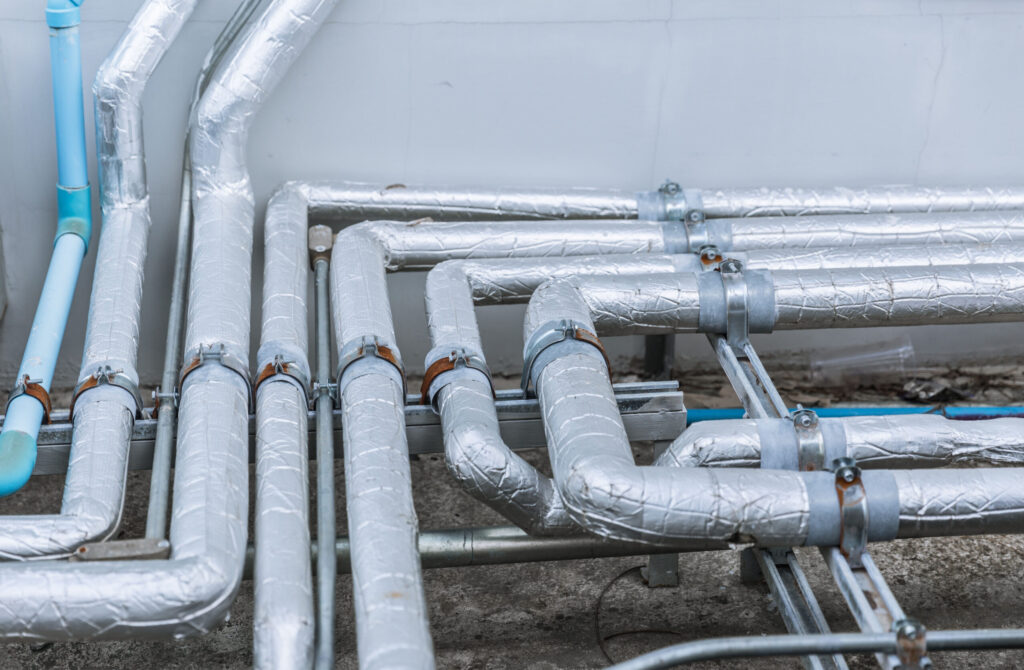
introduction:
Upgrading and retrofitting older water storage systems is essential to enhance efficiency, improve water quality, and prolong their lifespan. Whether for residential, commercial, or industrial use, optimizing existing water storage infrastructure can result in significant benefits. Here are practical tips and advice on how to retrofit older water storage systems for better efficiency:
Inspect and Assess Current System:
Before proceeding with any retrofitting or upgrades, conduct a thorough inspection of the existing water storage system. Identify areas that require improvement, such as leaks, corrosion, outdated components, or inadequate insulation. Assess the overall condition of tanks, pipes, valves, and fittings to determine the scope of necessary upgrades.
Upgrade to Efficient Storage Tanks:
Consider replacing old storage tanks with newer models that offer improved insulation and material durability. Modern tanks are often designed to minimize heat loss and prevent corrosion, thereby maintaining water quality and reducing energy consumption for heating water. Choose tanks made from materials suitable for your specific needs, such as stainless steel for longevity or polyethylene for cost-effectiveness and corrosion resistance.
Implement Water Treatment Solutions:
Integrate water treatment technologies to enhance water quality within the storage system. Install filtration systems to remove sediment, debris, and contaminants that may accumulate over time. Depending on water quality issues, consider UV sterilization, chlorination, or other disinfection methods to ensure stored water meets safety standards for intended uses, such as drinking or industrial processes.
Insulate Pipes and Storage Tanks:
Improve energy efficiency by properly insulating pipes and storage tanks. Insulation helps prevent heat loss in hot water storage systems and reduces condensation in cold water storage systems. Use insulation materials suitable for outdoor and indoor applications, ensuring they are correctly installed and sealed to minimize heat transfer and maintain water temperature consistency.

Upgrade Pumping and Distribution Systems:
Evaluate and upgrade pumping systems to optimize water flow rates and reduce energy consumption. Replace outdated pumps with energy-efficient models that match the operational demands of the water storage system. Consider variable frequency drives (VFDs) to regulate pump speed according to water demand, improving system reliability and reducing maintenance costs.
Implement Smart Monitoring and Control Systems:
Integrate smart monitoring and control systems to enhance operational efficiency and performance tracking. Install sensors to monitor water levels, pressure, temperature, and quality in real-time. Implement automated controls and remote monitoring capabilities to detect anomalies, optimize water usage, and facilitate proactive maintenance scheduling.
Promote Water Conservation Practices:
Encourage water conservation behaviors among users to maximize the efficiency of retrofitted storage systems. Educate occupants or users about efficient water use practices, such as fixing leaks promptly, installing low-flow fixtures, and implementing water reuse strategies where applicable. Promoting awareness and providing guidance can significantly reduce water waste and enhance overall system efficiency.
Regular Maintenance and Monitoring:
Establish a routine maintenance schedule to inspect, clean, and maintain retrofitted water storage systems regularly. Monitor performance indicators and conduct periodic water quality testing to ensure compliance with health and safety standards. Address minor issues promptly to prevent costly repairs and optimize system longevity and efficiency.
Conclusion:
Retrofitting existing water storage systems for better efficiency involves a systematic approach to upgrading infrastructure, implementing modern technologies, and promoting sustainable water management practices. By investing in upgrades such as efficient storage tanks, water treatment solutions, insulation, and smart monitoring systems, stakeholders can improve water quality, reduce operational costs, and enhance overall system reliability.


